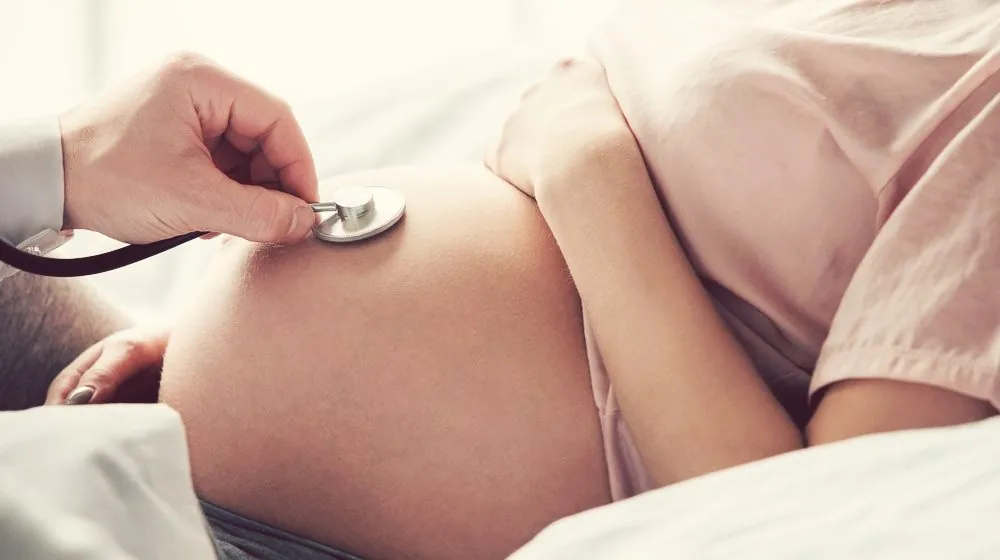Pelvic fractures are particularly dangerous in pregnancy, when it can disrupt blood flow to the uterus or cause direct trauma to the uterus. Pelvic fractures are fortunately rare in pregnancy, occurring mostly from automobile accidents or falls from great heights.
One study looked at the relationships between the type of pelvic fracture and maternal fractures leading to various outcomes stemming from the fractures. The study looked at the literature showing maternal pelvic fractures and acetabular fractures. A total of 101 cases were discovered in the literature and researchers looked at the factors that went into maternal or fetal morbidity and mortality.
They found that there was a high maternal and fetal mortality rate associated with pelvic fractures. A total of 9 percent of mothers died and a total of 35 percent of the fetuses died, mostly secondary to pelvic fractures sustained in automobile pedestrian accidents. Those involved in pedestrian accidents had the highest maternal and fetal mortality rate, especially when compared to falls. As it turned out, the classification of the fracture (complex versus simple), the fracture type (pelvic versus acetabular) and the trimester of pregnancy did not influence the rate of death from these accidents.
Fetal death was felt to be due to direct uterine trauma, placental abruption or direct trauma to the uterus in some cases but overall, the rate of maternal hemorrhage influenced the rate of death in most cases. Few women needed pelvic or acetabular surgery, most likely due to the fact that the most severe cases died before surgery could be undertaken.
The study concluded by noting that there was a high maternal and fetal mortality rate associated with pelvic fractures in pregnant women, particularly due to accidents involving the female person as the pedestrian in a pedestrian motor vehicle accident. The mechanism of injury and the severity of the injury did affect the mortality of the fetuses but the type of fracture, the trimester type and the classification of the fracture did not influence fetal mortality rates.
It appears that, short of prevention of these types of accidents, there is little that can be done to save the lives of the fetuses and mothers involved in these injuries. Certainly in cases of placental abruption, an emergency cesarean section can be done to save the life of the fetus if the abruption is not complete and if provisions for an emergency cesarean section can be done. Even in cases of maternal hemorrhage as a cause of fetal distress and fetal death, giving blood immediately can be lifesaving, especially if there is no fetal damage.
In cases where fetal trauma exists, there may be no hope of saving the fetus, especially if the fetus is not full term. In cases where the fetus is near term, it could certainly be delivered and its injuries managed outside the womb. Preterm infants with severe trauma from a pedestrian motor vehicle accident are unlikely to survive a cesarean section and injury repair, given the problems associated with prematurity already.

